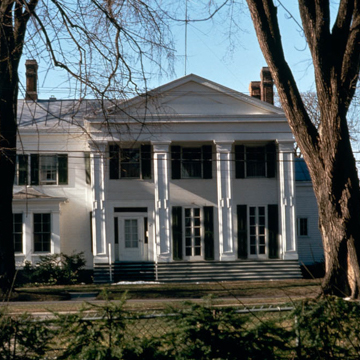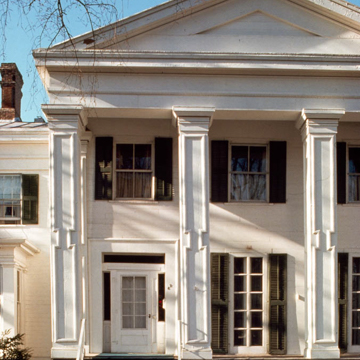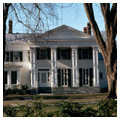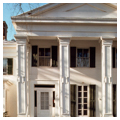This two-story, gable-front, clapboarded Greek Revival house with wing and side entrance was built to satisfy the classical taste of its first owners, Henry Smith (1798–1847) and his wife, Elvira. Smith was a U.S. Army engineer, who came to Monroe from New York to oversee the construction of the harbor of La Plaisance Bay and other government harbors on Lake Erie. In 1874, nearly thirty years after arriving in Monroe and establishing the nursery business that earned the city the title of the “Flower City,” Strasburg-born Israel Epley Ilgenfritz (b. 1824) acquired the house. He and his wife enlarged it to accommodate their twelve children and planted many decorative trees and plants on its grounds.
You are here
Israel Epley and Mary Fishburn Ilgenfritz House
If SAH Archipedia has been useful to you, please consider supporting it.
SAH Archipedia tells the story of the United States through its buildings, landscapes, and cities. This freely available resource empowers the public with authoritative knowledge that deepens their understanding and appreciation of the built environment. But the Society of Architectural Historians, which created SAH Archipedia with University of Virginia Press, needs your support to maintain the high-caliber research, writing, photography, cartography, editing, design, and programming that make SAH Archipedia a trusted online resource available to all who value the history of place, heritage tourism, and learning.




















